Understanding Product Demand on Amazon in the Context of Online Arbitrage
Product demand is crucial for online arbitrage on Amazon because it determines the likelihood of a product selling quickly. If there is high demand for a product, many potential buyers are looking for it, which increases the chances of making a sale. On the other hand, if there is a low demand for a product, it may take longer to sell and may not generate as much profit.
But how is product demand in the context of online arbitrage different from other business models, such as private label? Private label sellers need to estimate the long-term demand for a product because they order a large volume of the product that takes months, even years, to sell out ultimately. However, sellers care more about short-term success in online arbitrage and must avoid overstocking.
So, in private label, sellers must look at global trends and estimate the customers’ long-term demand, while in online arbitrage, sellers need to find a product that sells fast so they can move on to the next in-demand item.
Defining Online Arbitrage Lead Demand
Lead demand in online arbitrage refers to the level of interest or desire for a particular product among potential buyers. It is crucial for determining whether a product would be profitable for an online seller. The higher the online arbitrage leads demand, the more likely the product will be sold quickly and reasonably priced.
When buying a lead, OA sellers usually look at specific criteria, such as level of competition, price stability on Amazon, and demand. However, sellers must develop an individual strategy and define certain thresholds to quickly make the buying decision when faced with a new lead. So, if you define your strategy and thresholds, you can make buying decisions quickly and offer more fast-selling products.
How Product Demand Shapes Online Arbitrage Strategy

Product demand can directly affect profitability and risk management in an online arbitrage business. How, you ask?
In terms of profitability, product demand can directly impact the price of the product on Amazon. If you find a fast-selling product, your stock will sell quickly, and you can order the next batch immediately. This way, you can increase your profit margin over time, resulting in higher risk-taking and a higher ROI.
Regarding risk management, product demand can also decrease the risk of holding onto unsold inventory, which can tie up capital and lead to losses. If the product is in high demand, it will likely sell quickly. This reduces the risk of inventory holding costs, especially if the seller uses the FBA (Fulfillment by Amazon) method. In addition, when the product is not fast-selling, its price might decrease over time, or unforeseen issues might happen with the listing.
By conducting thorough market research to identify products with consistently high demand, you can reduce the risk of holding onto unsold inventory, facing losses, and dealing with unforeseen issues.
The Importance of Product Demand Estimation for OA Sellers
It’s crucial to estimate the demand for OA lead because it allows sellers to identify profitable products and avoid investing in products with low demand and low selling opportunities. In general, products in high demand on Amazon are more likely to sell quickly, allowing the seller to make a profit faster. Additionally, products in high demand are less likely to remain unsold, which reduces inventory holding costs. Here’s why demand estimation for Amazon online arbitrage success is essential:
Better Informed Buying Decisions
When you analyze a lead to determine its demand, you look at essential metrics such as trends and price history, allowing you to make more informed buying decisions. This way, you can be sure the product will sell quickly, enabling you to maximize your profit margins.
Optimal Inventory Management
Inventory management is crucial to the success of your Amazon business. If you don’t keep track of your products, you will have additional inventory fees and heaps of unsold products, resulting in huge losses because they tie up capital and lead to storage costs. However, if your product is in demand, you can plan inventory levels to ensure you have enough stock to meet customer demands, avoid stockouts, and avoid holding onto unsold inventory.
Competitive Advantage in a Crowded Marketplace
There are millions of active sellers on Amazon, so it’s essential to have a competitive advantage to stay ahead of the game. When estimating product demand, you must analyze historical data and identify trends, which allows you to adjust your sourcing strategies accordingly. This way, you can stay ahead of the competition and increase your chances of making more sales.
Calculate Sales and Boost Your Profits
The key to building a profitable business on Amazon is forecasting and understanding sales performance. By using product sales trackers and estimation tools, you can make smarter decisions and find products with high potential.
There are several advanced tools, such as Amazon Brand Analytics, that display market demand, search volume, and sales potential metrics. These insights help you refine your pricing and product selection strategies. Combining these tools and keeping your data updated will help you increase profitability and make more confident business decisions.
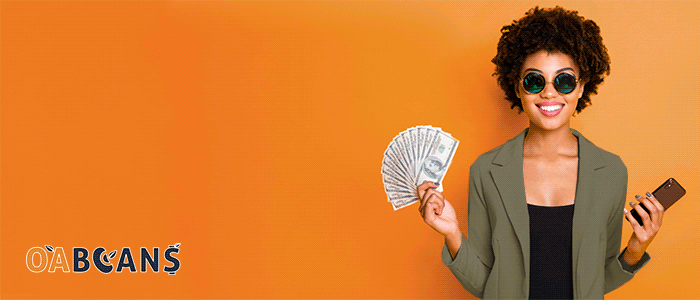
Key Indicators of Amazon Product Demand
There are specific criteria you should look at when trying to assess product demand on Amazon. You can’t know the exact number – which is why it’s called an estimation – but these indicators allow you to make your estimation as close as possible:
Best Sellers Rank (BSR)
Best Sellers Rank is an Amazon metric that ranks products within their specific category based on their sales performance. In the example below, the product is ranked as the 136th best-selling product in Health & Household category:
Amazon BSR shows how fast the product sells and the demand for it. As an online arbitrage seller, you must ensure your products are sold quickly, so BSR is a good indicator to assess, but it’s a tricky metric. Generally, a low BSR indicates high demand, but this differs from category to category. Expert sellers with a lot of experience selling in a specific category can use BSR as a criterion because they know what the BSR means in that category.
However, online arbitrage sellers deal with numerous categories, and it isn’t easy to gain enough experience in one of them to use BSR effectively. We recommend focusing on the next metric – estimated monthly sales.
Estimated Monthly Sales
This metric estimates how many units of a product get sold each month. Estimated monthly sales are the easiest and fastest way to estimate demand, so most OA sellers use this metric.
Various tools and software, such as Seller App or AZInsights, can estimate a product’s monthly sales, but each uses a unique formula, so the results might differ. Try to set a specific threshold for yourself. For example, one seller might consider that if the estimated monthly sale of a product is <20, it is not in high demand and, therefore, not profitable enough. Here are the best tools you can use for estimating monthly sales:
- Helium 10’s
We have discussed this metric in detail in another article called “How to estimate monthly sales on Amazon.” If you want to know more, click the article link.
- Amazon Revenue Calculator
The Amazon Revenue Calculator is a free online tool that helps sellers evaluate a product’s potential, including fees and costs for different fulfillment methods. To use it, you just need to enter the product’s ASIN, SKU, or title, and the calculator will show estimated fees, storage costs, and potential net profits.
- Jungle Scout
Another useful Amazon sales estimation tool is Jungle Scout, which allows sellers to estimate monthly sales by entering a product’s category or Best Seller Rank (BSR). This tool offers up to 10 free daily estimates, helping sellers analyze how well a product might perform in different marketplaces.
- AMZScout Sales Calculator
The AMZScout Sales Calculator is a versatile tool available as an online calculator or browser extension. You can enter a product’s category, BSR, and marketplace, and it will estimate monthly sales and profitability. This tool helps sellers better understand niche trends and competition levels.
- Product Opportunity Explorer
The Product Opportunity Explorer is an advanced Amazon tool that helps sellers discover new product ideas and identify successful niches. By using specific keywords or ASINs and filtering by categories, sellers can find products with high demand and low competition, helping them spot profitable opportunities in the marketplace.
Product Reviews and Ratings

The number of product reviews and ratings shows how well the product is performing in terms of customer satisfaction and popularity. Therefore, it’s a good indicator of how fast-selling and in-demand the product is.
However, it’s important to note that when a product has a low BSR and a good estimated monthly sale but its review graph is flat, the product must be further assessed to make sure it’s viable. In this case, it’s possible that the product has suddenly experienced high sales, but was not in-demand before or after that. Checking the historical BSR trends can help sellers determine whether a product is consistently selling or experiencing sudden high sales.
So, the more reviews a product has, the more it’s selling. You can check the review graph for products to see how well they’re doing – if the graph is ascending, it means it’s in demand and can be profitable. If a product has a good BSR but a flat review graph, it’s not selling well, and it’s best to avoid it.
Historical BSR Trends
Historical BSR (Best Seller Rank) trends can help Amazon sellers estimate product demand by providing insights into the popularity of a product over time. By analyzing the BSR history of a product, sellers can determine whether it has consistent sales or experiences fluctuations in demand.
If a product has a stable BSR trend over time, it indicates consistent demand. This means that the seller can expect to sell a certain number of units per month or quarter, which helps them plan their inventory and pricing strategies accordingly. On the other hand, if a product has an erratic BSR trend with sudden spikes and drops, it may indicate that demand for the product is unpredictable.
If you see a product with a low BSR right now, it’s recommended to check the historical BSR trends to see if it’s always been that way. For example, the graph below shows a product with a low BSR on November 1st. However, its rank increases in the following days, which makes it an unpredictable and risky product.
One of the most useful and advanced tools for sellers to analyze product history is called Keepa. By using this tool, you can view detailed price history charts and understand how a product’s performance has changed over time. Keepa helps sellers identify products with high demand or seasonal sales trends. It also shows price history, Buy Box movement, and sales rank drops, making it a powerful dashboard for analyzing long-term trends.
It offers a limited free version online, and full access is available for about $20 per month.
BSR Drops
When looking at the sales rank history of a product, you may notice many drops in the graph. Sudden drops in the BSR graphs happen each time the product is sold, and they can be used to estimate demand. As shown in the picture below, every time the graph goes down, the product has made at least one sale. Why “at least” one? because we can’t know the maximum number of sales in each drop for sure – maybe the product simultaneously sold two times in one drop.
However, note that this method does not work with fast-selling products, because it can’t provide an accurate measurement. So, using BSR drops to estimate demand is usually best for products that have a monthly sale of <20.
Seasonality and Market Trends
Some products are in high demand during a specific time of the year. Take Halloween costumes or Christmas light decorations, for example. These products are only bought and used during particular seasons, so you can consider the seasonality of the product to estimate its demand.
Using Demand Data in OA Decisions
As an online arbitrage seller, using product demand estimation in decision-making can be a game-changer. By analyzing product demand, you can make more informed decisions about which products to sell, how much inventory to stock, and when to price products. Here’s how you can incorporate demand estimation into your decision-making process:
Setting Demand Thresholds for OA Opportunities
First, you must set specific thresholds for yourself according to your needs and goals. Some products have very high demand, but the competition – and their in-stock levels – may be so high that it’s not worth the trouble because you’ll end up with unsold inventory. So, try to set a specific demand threshold and keep it in mind when estimating demand and choosing profitable leads.
Another critical thing to remember is to consider other metrics, such as competition, product stability, profit, and ROI when setting the demand threshold. So, you can’t, for example, say, “If this product has a monthly sale of <50, it’s not worth it”. One product may be in low demand but have a stable monthly sale and fair competition. It’s best to consider all these metrics alongside each other and develop a unique formula that you can keep in an Excel or Google Sheets file to refer to when needed.
Balancing Risk and Reward in Product Selection
You should know that balancing risk and reward when integrating demand estimation into your decision-making process is very important and essential for long-term success on Amazon. Sometimes, a product with high demand might seem very profitable and attractive, but before choosing it, you should calculate all the different fees, costs, and potential ROI.
In today’s market, this is more important than ever. After accounting for Amazon fees and other expenses such as shipping, storage, and handling, you should aim for around 30% ROI or higher to maintain a safe profit margin.
It’s also important to stay updated with Amazon’s new policies and fee changes in 2025. For example, if your stock level falls too low, low-inventory fees may be triggered. On the other hand, if you consolidate or move inventory between fulfillment centers, you might need to pay inbound placement fees. These additional costs can reduce your overall profit.
Another risk to consider is that Amazon now enforces stricter sourcing and documentation requirements for some popular, high-demand products. If you fail to meet these standards, your listings may be restricted or your account could face suspension. So, besides finding high-demand products, you should also understand these risks carefully and make your decisions based on a balance between profitability and compliance.
Achieving Online Arbitrage Success Through Effective Demand Estimation
By estimating demand, online arbitrage sellers can ensure they buy products that sell quickly. However, as mentioned in this article, you should look at demand alongside other criteria such as competition, ROI, profitability, etc. First, you should set a threshold for each criterion according to your individual needs and goals. From there, you can develop a formula or put all the metrics in an Excel file to measure and check each product according to your specific metrics and thresholds.
It is also crucial for online arbitrage sellers to continually monitor and adjust their demand estimation strategies to keep up with market changes. By staying ahead of the competition and meeting the needs of their customers, online arbitrage sellers can succeed in this highly competitive market.
Additionally, you should always be aware of seasonality and major shopping events, because they can significantly affect product demand. Traditional peaks like Halloween and Christmas remain very important in the yearly Amazon calendar, often creating high demand and trending products to sell online in 2025.
High-demand and trending products to sell online in 2025
- Electronics
Some electronic gadgets, such as POWRUI and Hanycony Surge Protectors, are in high demand. These products are useful, reliable, and sell consistently throughout the year.
- Clothing, Shoes and Jewelry
This category focuses on comfort, easy maintenance, and design. It’s especially popular among teenagers and young adults who use these products in their daily lives.
- Beauty and Personal Care
This category remains very popular among influencers, dermatologists, and everyday customers. Products for sensitive skin or self-care routines continue to drive strong demand.
- Kitchen and Dining
Products like mugs and insulated tumblers are trending, as people use them daily to keep their drinks hot or cold.
- Toys and Games
Parents love this category for their children, especially when the products are safe and eco-friendly. These items sell particularly well during holidays and school breaks.
- Sports and Outdoors
Products for sports and outdoor activities are highly useful and maintain steady demand.
- Pet Supplies
Today, most families have pets at home, making pet-related products one of the most consistently high-demand categories compared to previous years.
- Cell Phone Accessories
Since nearly everyone owns a smartphone, phone accessories like cases, covers, and screen protectors are extremely popular. They are affordable, practical, and sell year-round, offering good profit potential.
Final Thoughts
Demand estimation plays a critical role in the success of online arbitrage sellers. Accurately estimating demand helps sellers determine the potential profitability of a product before investing resources. By understanding the level of demand, you can avoid potential losses, make informed buying decisions, and anticipate market trends. This can help save time, reduce costs, and avoid being left with unsold inventory. Understanding demand can also help forecast inventory levels, make better managerial decisions, and improve overall business operations.



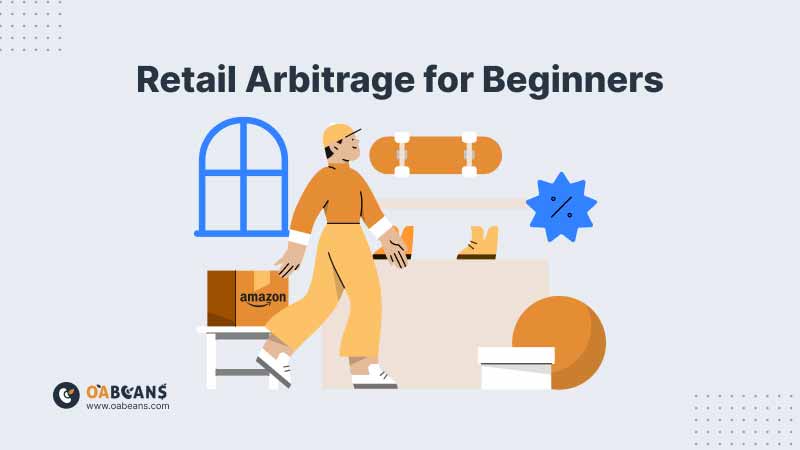
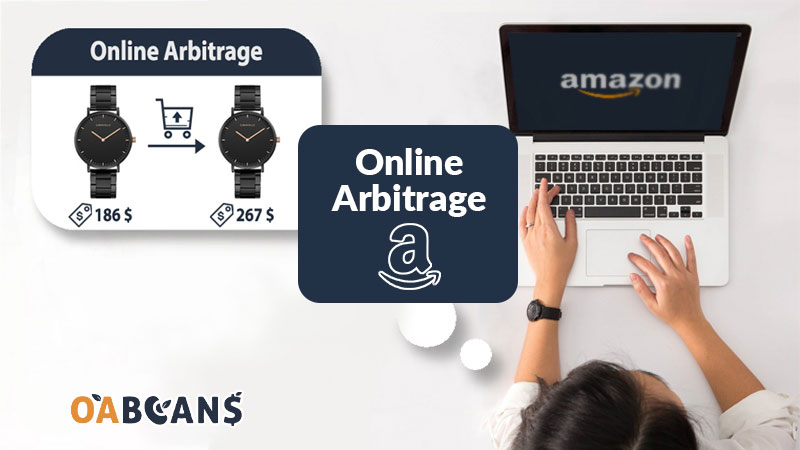
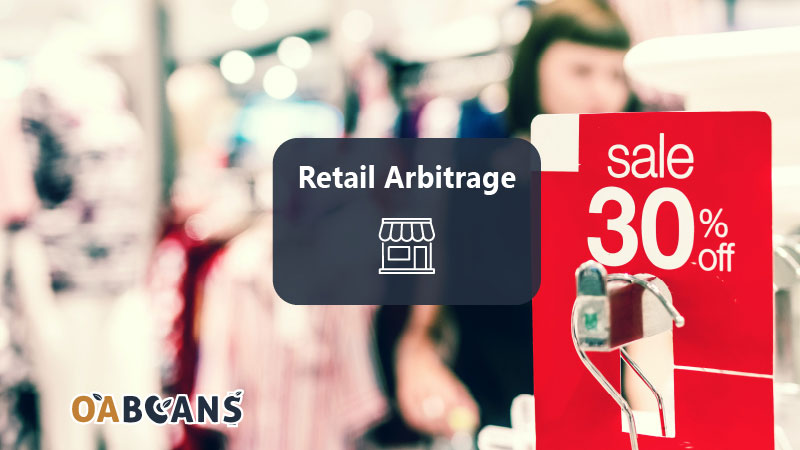


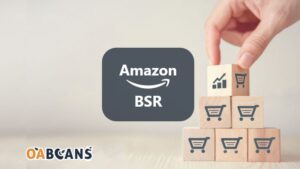


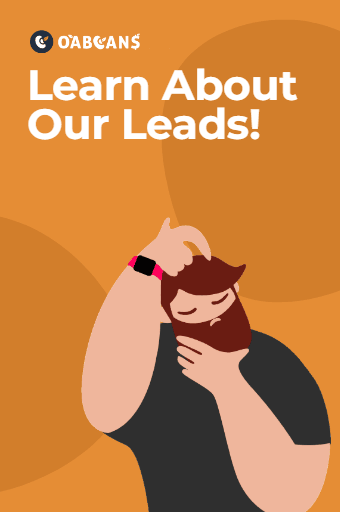
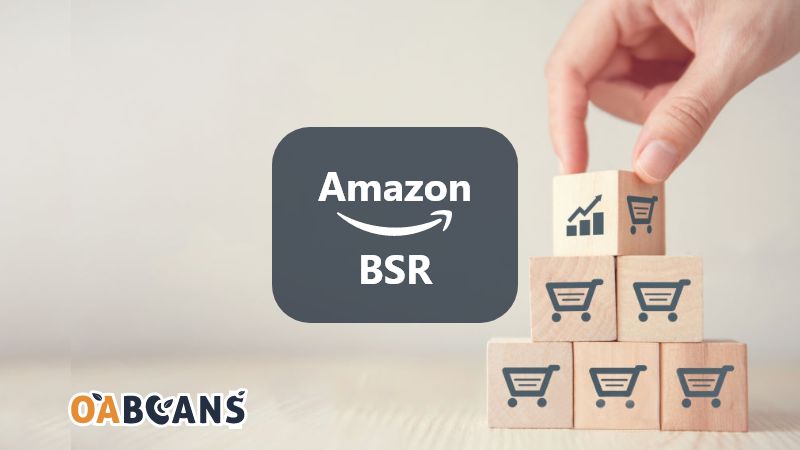
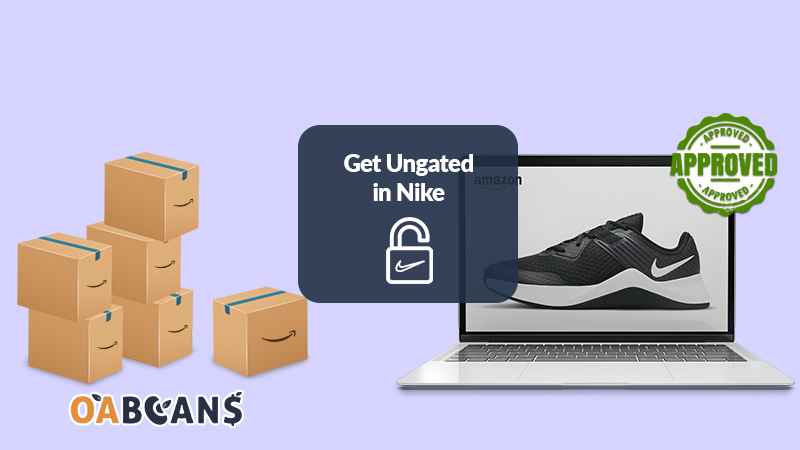
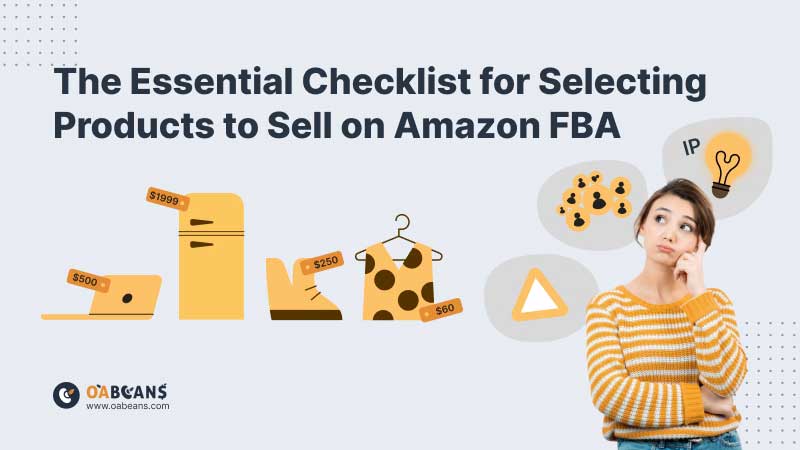


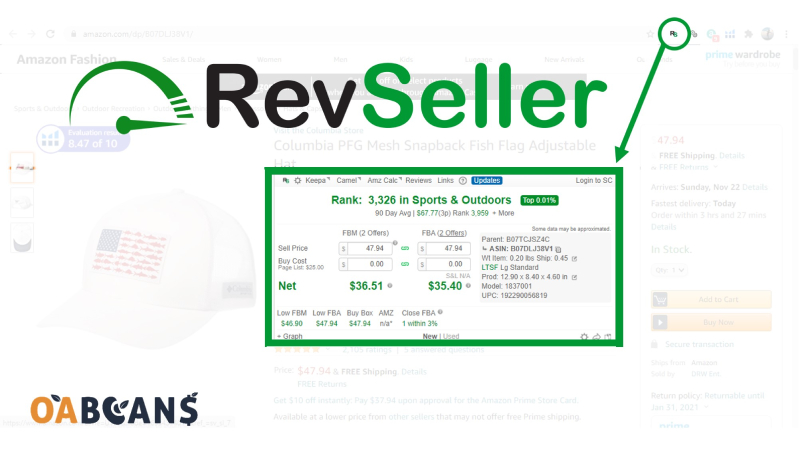




11 replies on “Mastering Demand Estimation for Amazon Online Arbitrage Success”
What sets your website apart from others is the amount of research and testing you do to find out what works and what doesn’t. Your advice is data-driven, making it easy to trust and implement in my own online arbitrage business.
Your website emphasizes the importance of steady and consistent growth rather than quick wins, providing guidance on planning for the long-term success of an Amazon FBA business.
The lighting and photography equipment available on Amazon Marketplace has helped me improve my photography and videography skills.
I appreciate the transparency Amazon Marketplace provides by showing the shipping costs and estimated delivery date upfront.
I’ve discovered some amazing new brands and products on Amazon Marketplace that I now can’t live without.
I love that I can easily purchase and send Amazon gift cards as gifts to others.
Reselling on Amazon is a fantastic opportunity to turn your passion for sourcing and selling into a profitable business venture.
The constant learning and adaptation required in online arbitrage keep the business dynamic and engaging, as you stay on top of market trends and adjust your sourcing strategies accordingly.
Amazon’s sponsored advertising programs, such as Sponsored Products, can help boost the visibility of your listings and drive targeted traffic to your products.
I love the thrill of finding hidden gems and profitable deals through Amazon online arbitrage. It’s like a treasure hunt every day!
Retail arbitrage on Amazon allows you to adapt to market demand and quickly adjust your sourcing strategies to meet customer preferences.